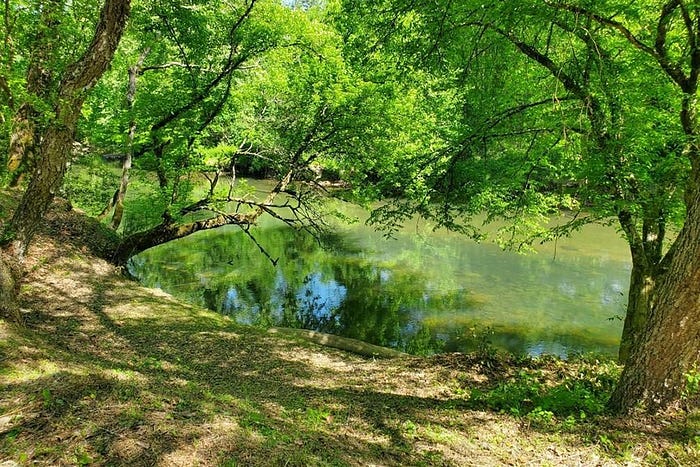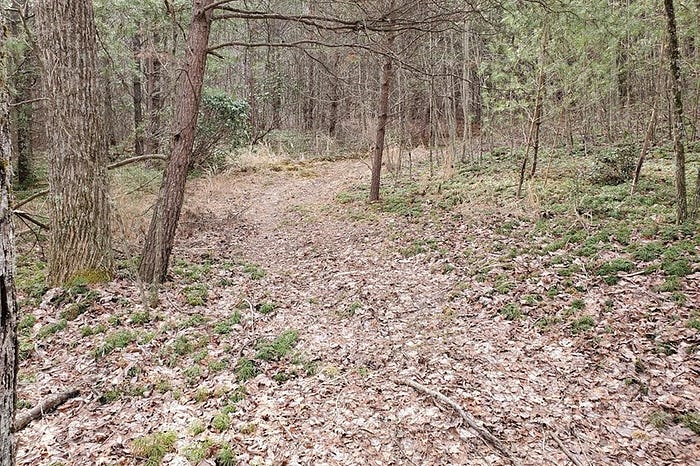When browsing through land listings, you’ve probably come across the term “unrestricted land.” It sounds appealing — and it absolutely can be — but what exactly does it mean? And more importantly, is it the right fit for you?
Let’s break down what unrestricted land is, why it might be a great option, and what you should keep in mind before making a purchase.
What Is Unrestricted Land?
Simply put, unrestricted land is property that isn’t bound by zoning regulations, HOA rules, or deed restrictions that limit how the land can be used. This type of land offers maximum flexibility — which is why it’s often sought after by investors, homesteaders, RVers, and folks looking to build their dream getaway or off-grid retreat.
Common uses for unrestricted land include:
- Tiny homes or mobile homes
- RV living or camping
- Off-grid cabins
- Agriculture or homesteading
- Hunting, fishing, or recreational use
- Short-term rentals (cabins, glamping, etc.)
The Benefits of Buying Unrestricted Land
1. Ultimate Flexibility
Want to park your RV? Build a yurt? Set up solar panels and live off the grid? With unrestricted land, you have the freedom to bring your vision to life — without the red tape that often comes with traditional real estate.
2. No HOA or Community Fees
Unrestricted means no homeowners’ associations dictating how you mow your grass or what color you can paint your house. You’re the boss.
3. Lower Purchase Costs
Unrestricted land is often found in rural areas, which means more affordable prices per acre. That gives you more space and options for your money.
4. Investment Potential
Because it’s versatile and in high demand, unrestricted land can appreciate — especially in areas seeing growth in outdoor recreation, remote living, or tourism.

Things to Consider Before Buying
Unrestricted land opens a lot of doors, but it’s still important to do your homework. Here are a few key things to look into:
1. Access & Road Frontage
Does the property have a deeded right-of-way or road access? Some unrestricted land may be “landlocked,” — which can complicate building or even visiting the site.
2. Utilities & Septic
Unrestricted doesn’t mean “ready to build.” Check whether the land has access to power, water or the ability to install a septic system. If you’re going off-grid, you’ll need to plan for solar, rainwater catchment, or composting toilets.
3. Topography & Soil
Steep slopes, rocky terrain, or flood zones can affect how (or if) you can build. Walk the land, check maps, and consider hiring a soil scientist if you’re planning a garden or homestead.
4. Local Building Permits
Even though the land may be unrestricted, the county may still require basic permits for septic, wells, or construction. It’s smart to call the local planning or zoning office and ask what’s needed.
5. Deed Restrictions
“Unrestricted” can mean different things. Always read the deed or ask the seller to confirm there are no recorded restrictions that limit how the property can be used.
Real-World Example: Unrestricted Land in North Carolina

At Compass Land Group, we often list unrestricted tracts with creeks, mountain views, and quiet privacy — like our recent 3-acre property in Rutherford County, NC, priced at just $13,900. With no zoning or HOA, it’s a blank slate for your weekend getaway or permanent home base.
Final Thoughts
Unrestricted land is all about freedom and potential — but that freedom comes with responsibility. Do your due diligence, ask the right questions, and plan. Whether you’re dreaming of a weekend retreat, an off-grid lifestyle, or a smart land investment, unrestricted property gives you the space to make it happen on your terms.
Want to explore unrestricted land listings near you?
Check out our available properties here.
Do you have questions about a specific tract or how to get started?
Reach out anytime — we’re happy to help guide you.


No comments:
Post a Comment